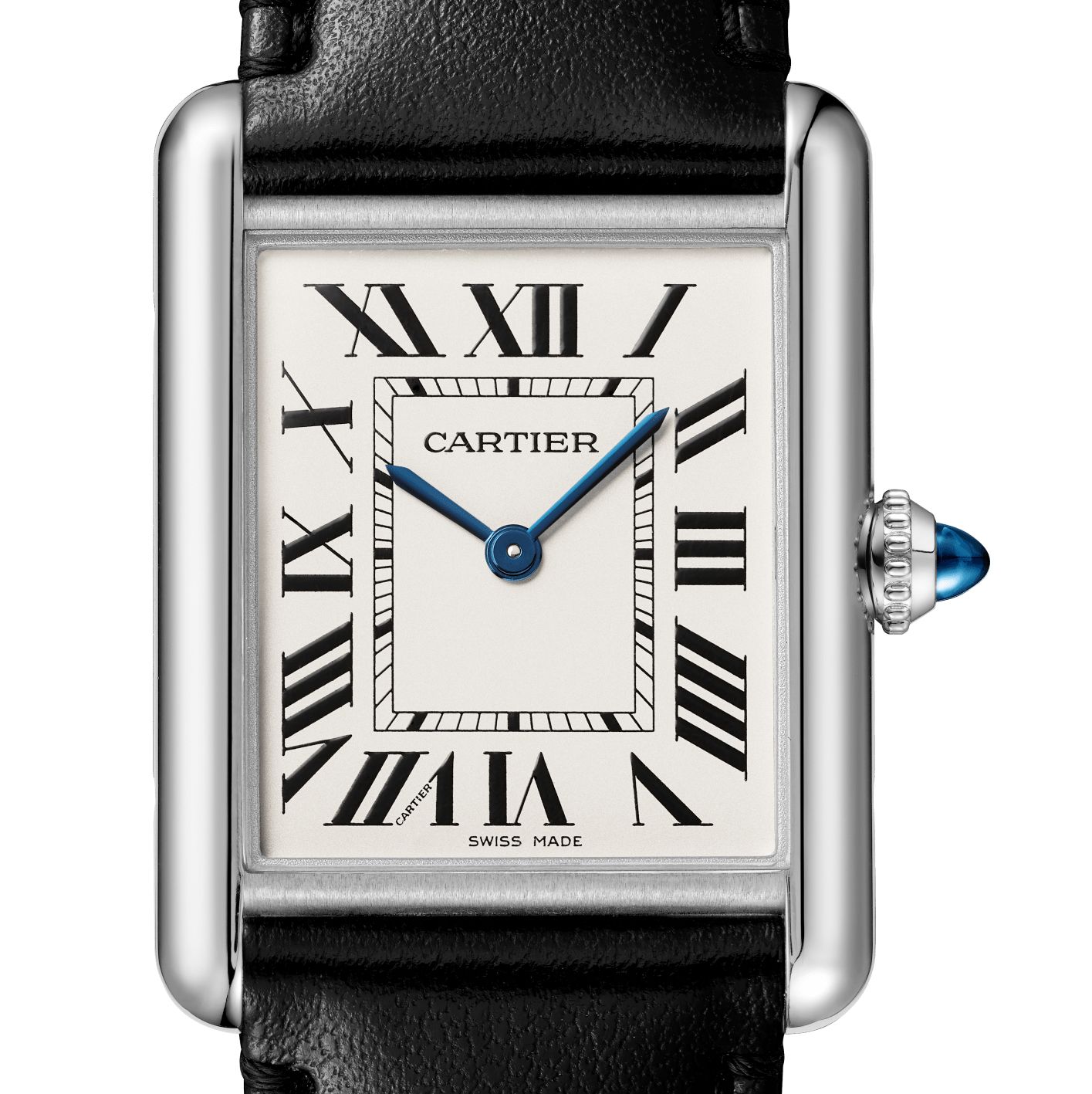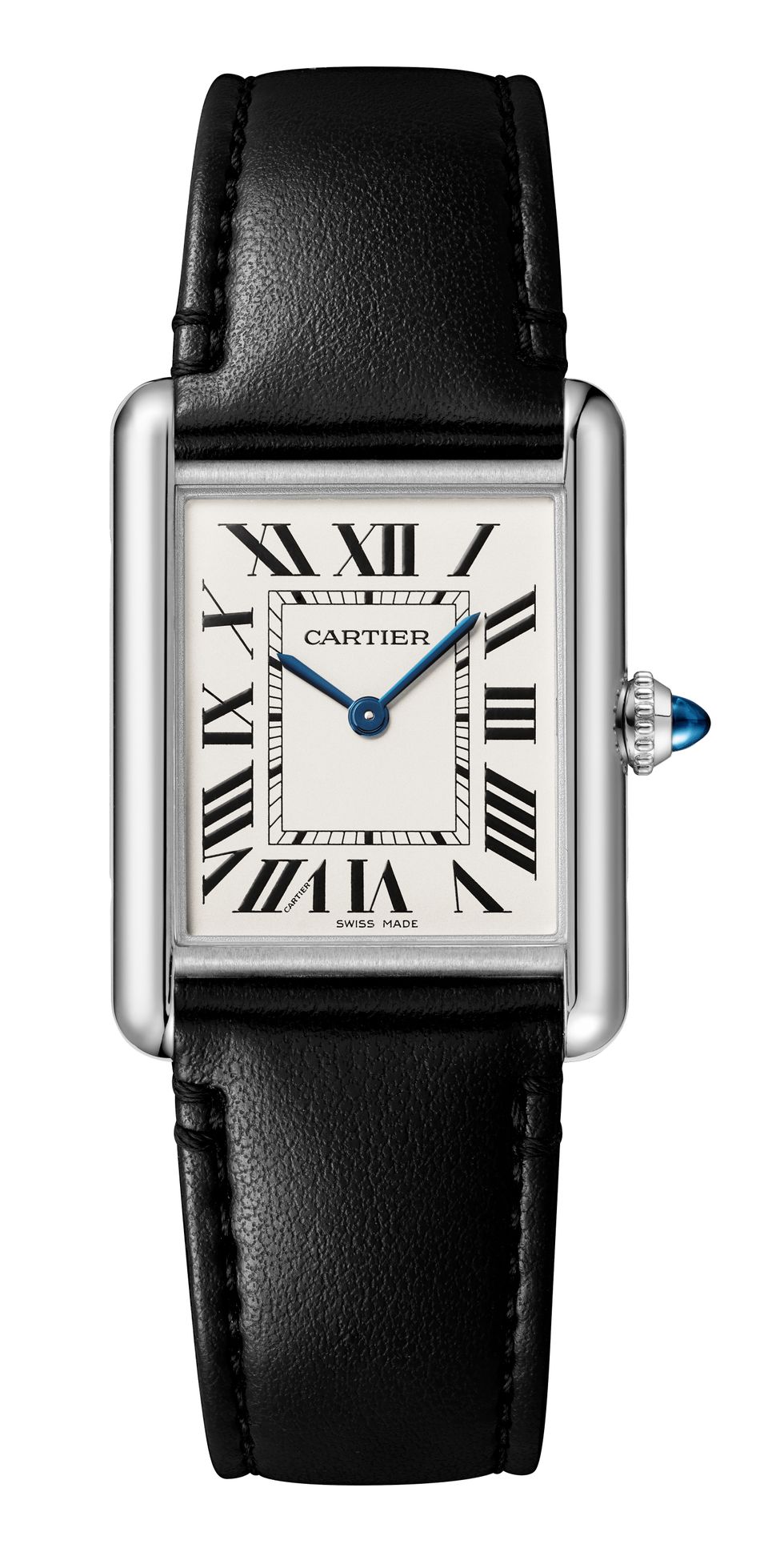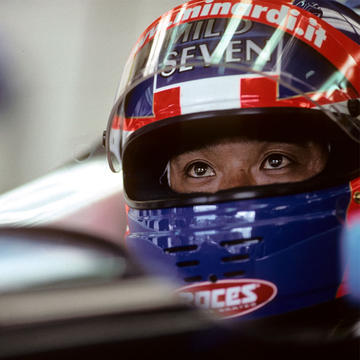If there is a downside to being a brand with a genuine design icon on its books then it’s surely the challenge of keeping that product exciting and fresh, without messing up the things that made it iconic in the first place.
Cartier introduced its Tank in 1917, said to be fashioned after the shape of tank treads. It was at the forefront of a craze for rectangular watches at the time, but its position as a unisex classic has endured way past that – for over 100 years. (Celebrity fans are legion but they include both Clark Gable and Fred Astaire and Princess Diana and Michelle Obama. Andy Warhol was a fan too, offering the waspisly Warholian quote: “I don’t wear a Tank to tell the time. In fact, I never wind it. I wear a Tank because it’s the watch to wear.”)
Many Tanks have followed, including in 1977 the introduction of the Tank Must – a more affordable Tank line released in part to offset the damage being inflicted by cheaper Japanese-made watches powered by quartz. Instead of the solid gold or platinum cases of previous Tank watches the Tank Must line (then the “Must de Cartier Tank”) featured sterling silver cases covered with gold and either ETA-based mechanical or quartz movements, rather than the slim Frédéric Piguet mechanical movements found in other Tanks. They also dispensed with the customary Roman numerals and minute track. Instead, the first Must de Cartier Tank watches were available with an assortment of coloured lacquered dials and retailed for a couple of hundred pounds. Purists were horrified, the fashion set loved them – so did, eventually, collectors, with originals reselling for ten times the initial price. Eventually the Cartier Tank Must line up included the more classic Cartier dial designs too.
This year the Tank Must is a key focus for Cartier. The colourful dials are back, with three releases in red, blue and green. There’s also a new version of the Tank Louis Cartier, a take on the Tank that first appeared in 1922 in a wider case with “rail track” markings round the dial.
But the most intriguing new model is a version powered by a the house's new invention – a "Solarbeat" photovoltaic movement. This hides photovoltaic cells – that convert light into power, like solar panels – under invisible perforations in the Roman numerals on the watch face. Cartier says this Tank will keep on trucking for at least 16 years. Put it away in a drawer for a couple of months and as soon as it comes into contact with light again (natural or electric) it’ll spring back to life. It took the development team four years to get right, so doubtless we’ll be seeing the technology across other models in years to come – and possibly other watch brands within Richemont, the luxury group that owns Piaget, Jaeger-LeCoultre and many others, as well as Cartier.
“It’s very clever, but as you can imagine it’s been a long development,” Arnaud Carrez, Cartier’s international marketing and communication director, tells Esquire. “All our tests show it has 16 years autonomy. So it will need no maintenance for at least 16 years. We say that innovation must be relevant, first and foremost. Because at Cartier, everything starts with the design.”
Further enhancing its green credentials, the strap is made from around 40 per cent plant matter – using waste form apples grown in Europe. (Posh ones, presumably.)
Esquire can confirm the differences between the solar-powered Tank and a regular model are undetectable.
“There is no compromise on the quality and the comfort,” says Carrez.
The challenge of keeping this watch’s iconography while making it fresh, new and exciting would seem to have been met, and admirably so.
Cartier’s Tank Must with the Solarbeat photovoltaic movement will be available in September; cartier.com
Like this article? Sign up to our newsletter to get more articles like this delivered straight to your inbox
Need some positivity right now? Subscribe to Esquire now for a hit of style, fitness, culture and advice from the experts













